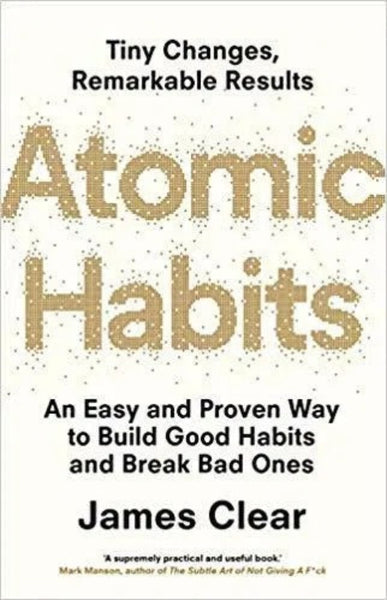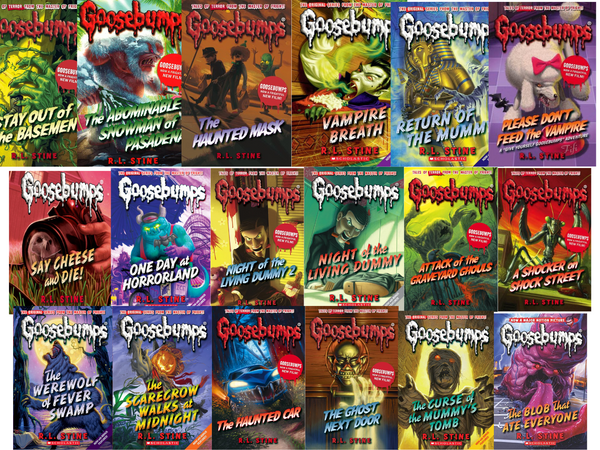Thinking, Fast and Slow by Daniel Kahneman (Author)
- Publisher: ENGLISH GENERAL BOOKS
- Availability: In Stock
- SKU: 28900
- Number of Pages: 512
Rs.480.00
Rs.575.00
Tags: Analytical Thinking , Anchoring Bias , Behavioral Economics , Behavioral Science , best books , Best Price , Best Selling Books , Cognitive Bias , Cognitive Errors , Cognitive Illusions , Cognitive Psychology , Critical Thinking , Daniel Kahneman , Decision-Making Strategies , Emotional Decision-Making , Emotional vs Logical Thinking , Fast and Slow , Fast vs Slow Thinking , Framing Effect , Heuristics and Biases , Human Behavior , Intuitive Thinking , Judgment and Decision-Making , Loss Aversion , Mental Shortcuts , ONLINE BOOKS , Online Bookshop , Overconfidence Bias , Predictable Irrationality , Problem Solving , Prospect Theory , Psychological Influence , Rational vs Irrational , Risk Assessment , Subconscious Mind , System 1 and System 2 , Thinking , Thought Processes
Thinking, Fast and Slow
Author: Daniel Kahneman
Introduction
Thinking, Fast and Slow by Daniel Kahneman explores how the human mind operates through two distinct modes of thinking: System 1 (fast, intuitive, and emotional) and System 2 (slow, deliberate, and logical). Kahneman, a Nobel Prize-winning psychologist, explains how these two systems shape our decisions, judgments, and behaviors. System 1 helps us make quick decisions based on instincts and mental shortcuts, while System 2 requires more effort, analyzing complex information to reach logical conclusions. Kahneman illustrates how these systems interact and often lead to cognitive biases, irrational decisions, and flawed thinking. The book offers profound insights into human psychology, decision-making, and the hidden forces that shape our choices.
📖 Key Features
✅ System 1 and System 2 Thinking:
-
System 1 is fast, automatic, and driven by instinct.
-
System 2 is slow, analytical, and requires mental effort.
✅ Cognitive Biases and Heuristics:
-
Kahneman explains how mental shortcuts (heuristics) can lead to errors in judgment.
-
Common biases include the availability heuristic, anchoring, and overconfidence.
✅ Prospect Theory:
-
Kahneman introduces the concept of loss aversion.
-
People fear losses more than they value equivalent gains.
✅ The Illusion of Understanding:
-
Human minds tend to create simple explanations for complex events.
-
This leads to overconfidence and misjudgment.
✅ Framing Effect:
-
The way information is presented influences decision-making.
-
People react differently to the same information depending on how it’s framed.
🌟 Why This Book Stands Out
-
Deep Psychological Insight: Written by a Nobel laureate, the book combines psychology and economics.
-
Scientific Backing: The theories are based on decades of research and experiments.
-
Practical Applications: The insights apply to personal decisions, business strategy, and public policy.
-
Accessible Language: Despite complex ideas, Kahneman explains them clearly and with relatable examples.
-
Challenges Intuitive Thinking: It teaches readers to question gut instincts and think more critically.
🎯 Conclusion
Thinking, Fast and Slow is a groundbreaking exploration of how we think and make decisions. Kahneman's insights reveal the hidden biases and mental shortcuts that shape our choices, often without us realizing it. By understanding the roles of System 1 and System 2, readers can improve their decision-making, avoid cognitive traps, and develop a more rational, balanced approach to thinking. This book is essential reading for anyone interested in psychology, business, or improving their mental clarity.

























